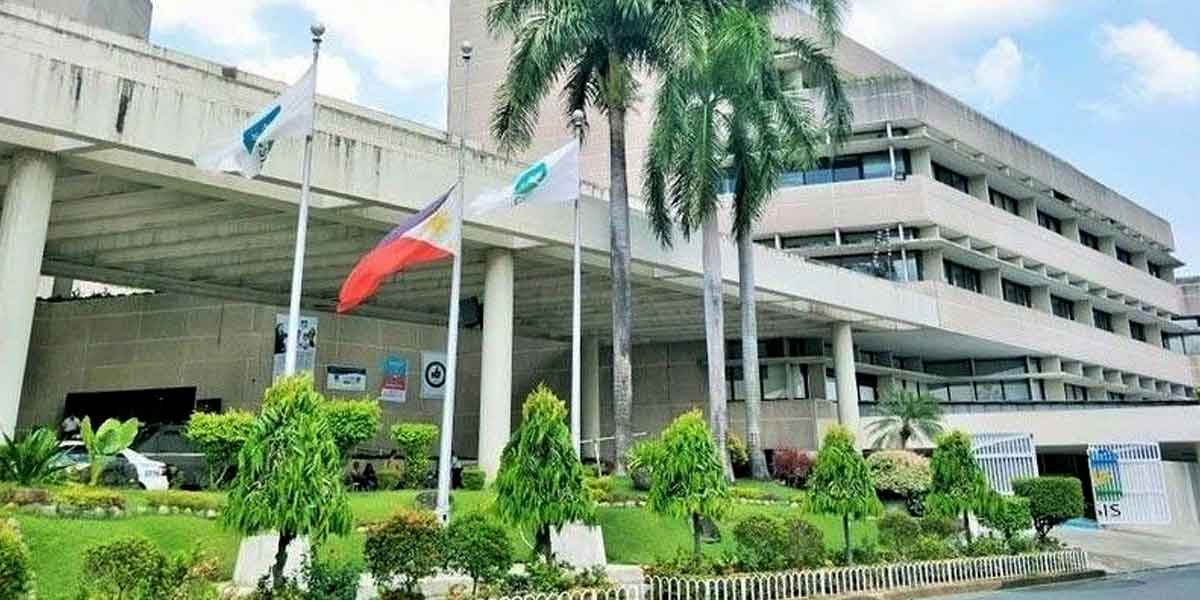 By Joshua Corcuera
By Joshua Corcuera
Back in 2009, 80% of Manila, the Philippine capital, was submerged in flood due to a strong storm. Consequently, damages and losses amounted to around 2.7% of the country’s economy. Poor infrastructure, ineffective drainage and sanitation systems were blamed for the heavy flooding back then.
In the past few days, parts of Manila were flooded again — unsurprisingly. Non-stop rains brought by the southwest monsoon or habagat gave hundreds of millimeters of rain in a matter of days which, normally, is recorded in the whole month of July.
A dozen years apart, nothing much has really changed. Maybe there are a few improvements but it is naive and preposterous to claim that flooding has been entirely solved. With this in mind, it is essential to look back at what programs, projects, and measures were done by the-powers-that-be in the past and how future flooding can be further prevented — or prepared for.
In 2012, the government launched a Flood Management Master Plan for Metro Manila aiming to manage floods by investing in infrastructure and securing new pumping stations. Set of measures for the project include reducing flooding from river systems, improving urban drainage, improving flood forecasts and early warning systems, among others. Additionally, three dozen existing pumping stations were modernized by the said master plan since most were built back in the 1970s, while 20 new ones will be constructed.
For context, the World Bank noted that from 1987 to 2017, more than 360 disasters struck the nation resulting in over 33,000 lives lost. More importantly, virtually every Filipino was affected by such calamities in one way or another — evacuating for safety, being injured, returning home only to see their homes damaged, and the like.
Home to more than 15 million people and being the economic, financial, and political center of the country, Metro Manila is unsurprisingly given too much attention in developments when it comes to combating climate change and environmental issues as well as alleviating the effects of storms and monsoon rains.
A commission dedicated to climate change was also established by the government. Moreover, efforts to preserve the country’s ecological assets were promoted such as in Republic Act 10176 which was signed into law back in September 2012, mandating Filipinos of at least 12 years of age to plant a tree annually. In May 2019, the country’s lower house, the House of Representatives, approved a house bill requiring graduating students to plant trees prior to graduation.
Despite the positive developments to solve and address environmental issues, the Philippines has a lot of work to do in applying all these into actions. As Algo (2020) asked in a contributed article to Rappler, “how many times have we heard about the Philippines having some of the best-written policies and laws on climate and the environment in the world, yet fall short on implementation?” In that same article, he replied that various factors ranging from lack of political will to lack of resources and incoherent strategies are all to blame for the country’s failure to implement its sound and seemingly efficient policies for the environment.
In the future, flooding and monsoon rains are expected to get stronger together with typhoons from the Pacific hitting the country’s eastern seaboard. With this, it is essential more than ever to address the environmental issues not only of Metro Manila, but also of the entire country. Promoting mitigation and adaptation measures to climate change and education to the population are necessary as we deal with the inevitable consequences of climate change.





















